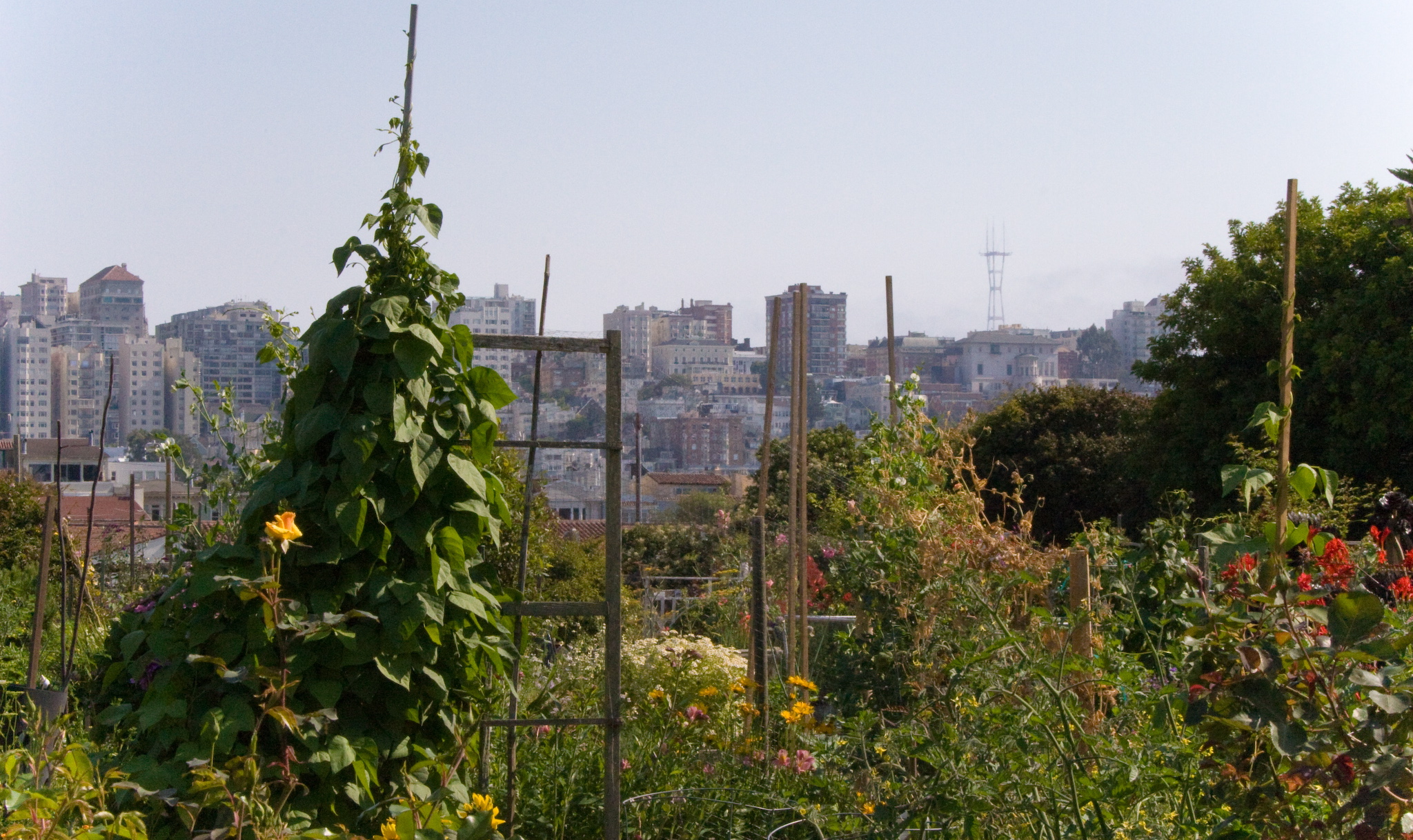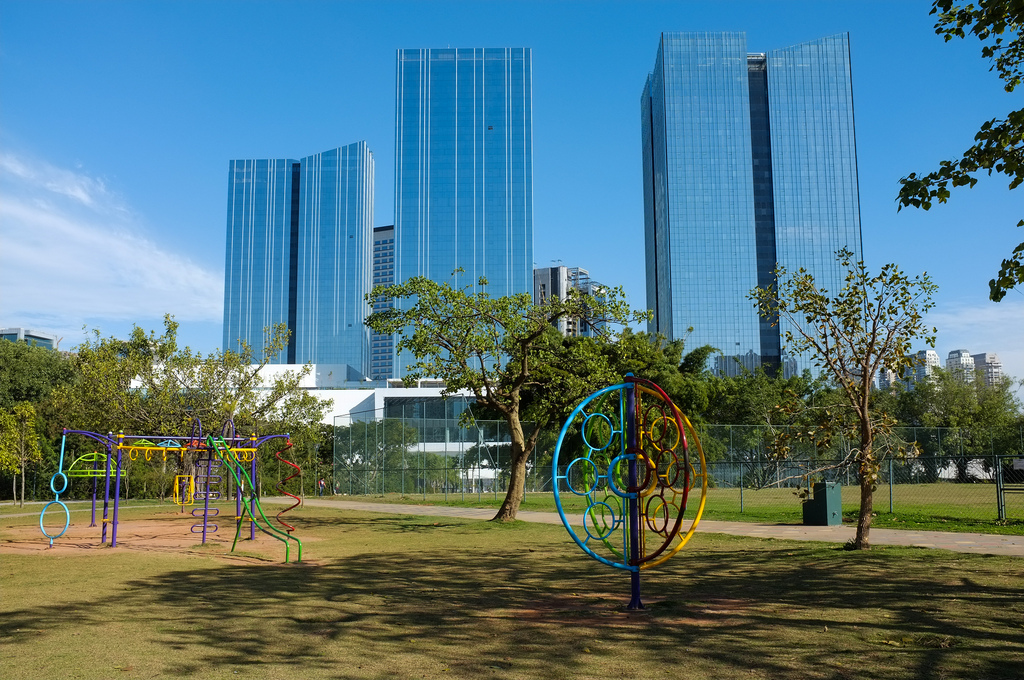Available healthy soils begin to decrease as populations in urban areas continue to increase. Anthropogenic activities are causing contamination to soils that could be used for food production and ecosystem health.
Urban soils are limited in growing cities, seen in parks, urban gardens, and homeowners backyards. Forests are few and far between and the constant development of infrastructure is limiting the areas where healthy soils can thrive. Urban soils often are filled with contaminates, such as lead and other metals. This is cause for concern for the organisms living in the soils and the possibility of food growth. It is also worrisome when thinking about children playing in backyards and playground, as they are often playing in the dirt, which is often contaminated in urban areas.
Soils are home to many different organisms, including vegetation and invertebrates. A healthy soil will be a giant system where invertebrates work to decompose vegetation, such as a compost, to keep the soils healthy. When urbanization occurs and the soils become compacted, this process does not happen as easily. We lose biodiversity along with the loss of healthy soils.

We often think of trees and other vegetation growing on the surface, but forget that the soil is responsible for the grow of the vegetation and in order for them to thrive, soils must be healthy. Soils are important for large issues, like stormwater management, that many urban areas are facing today. With the high traffic in urban areas, compaction decreases pore space, which help with drainage in soils. Healthy soils are also important for urban gardening, increase the local access and organic growth of food in cities. Not all urban soils are capable of growing food due to the negative impacts put on them, such as contamination and compaction.

According to Kumar and Hundal, Improving urban soils is important for the functioning of ecosystems in urban areas. A movement in urban areas has began to arise, which is the idea of green infrastructure. This helps with the issue of water drainage. However, nothing beats natural, healthy soil. As urban soils continue to decrease in availability and health, the need for improvement and careful watch of how we treat them is imperative. I encourage to take a closer look at the soils in your backyard. Are they healthy? Are you doing your duty to improve urban soils in your area? Be a part of the solution.